Dear Shashi Tharoor, here are the 101 reasons why I voted for Modi government
A 20000+ words article listing over 101 reasons why I voted for Modi government again in 2019.

A 20000+ words article listing over 101 reasons why I voted for Modi government again in 2019.

Recently I came across a tweet of one of the most celebrated “intellectual” by the liberal media circle, Shashi Tharoor.
Of course I’ll be accused of elitism & pseudo-intellectual sneering, but can it be mere coincidence that the less people read, the lower literacy & social development they enjoy & the more they practice untouchability, the more they are inclined to vote for the BJP!? pic.twitter.com/3kynUJHU3i
— Shashi Tharoor (@ShashiTharoor) December 31, 2020
The argument of this tweet is not only laughable, moronic, myopic, misleading and false, it also reeks of a condescending, elitist attitude as Mr Tharoor himself admits in his tweet. Many people have already exposed the arguments of this tweet. But I will address an issue which is the central point of this tweet. Mr Tharoor is trying to imply that people voting for Modi have a “backward-regressive” mentality, aren’t as intelligent as English speaking people like him. This is his way of demeaning Modi government by demeaning his voters while he can’t argue on actual points. To counter him in the most comprehensive way possible, I am reproducing a list of 101 reasons that I had compiled in March 2019 in favour of Modi government. Mind you, this ONLY lists achievements of the Modi government till March 2019. Some of my expectations such as Ayodhya Ram Mandir and nullification of article 370 are already fulfilled! The article is over 20000 words long. So take your time in reading and critiquing it while keeping in mind that the 101 reasons were compiled in March 2019.
101 reasons in favour of Modi government



 Varanasi ghat
Varanasi ghat 
 As part of Sagarmala Programme, more than 604 projects (Cost: Rs. 8.8 Lacs Cr.) have been identified for implementation, during 2015-2035, across the areas of port modernization & new port development, port connectivity enhancement, port-linked industrialization and coastal community development. As of 30-Sep-2018, a total of 522 projects (costing around Rs. 4.32 Lac Crore) were under various stages of implementation, development and completion.
As part of Sagarmala Programme, more than 604 projects (Cost: Rs. 8.8 Lacs Cr.) have been identified for implementation, during 2015-2035, across the areas of port modernization & new port development, port connectivity enhancement, port-linked industrialization and coastal community development. As of 30-Sep-2018, a total of 522 projects (costing around Rs. 4.32 Lac Crore) were under various stages of implementation, development and completion. 

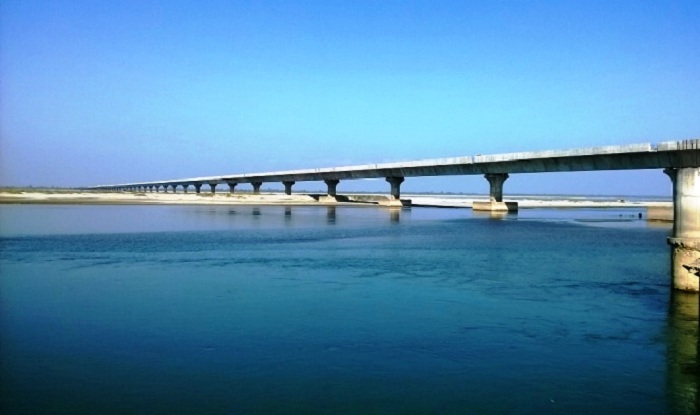









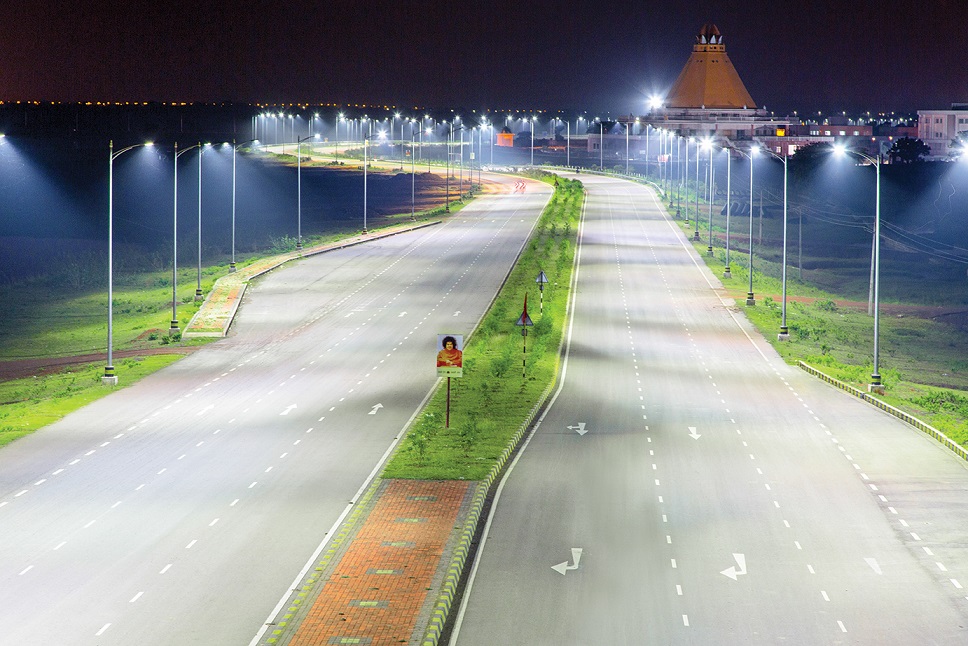





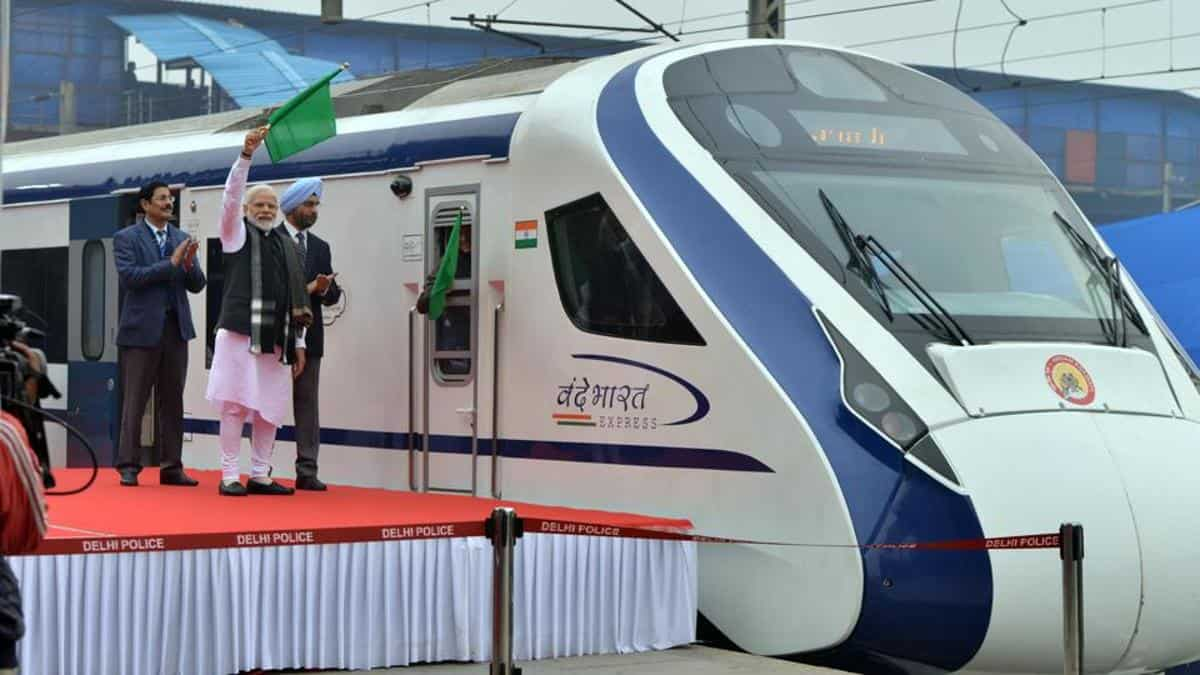
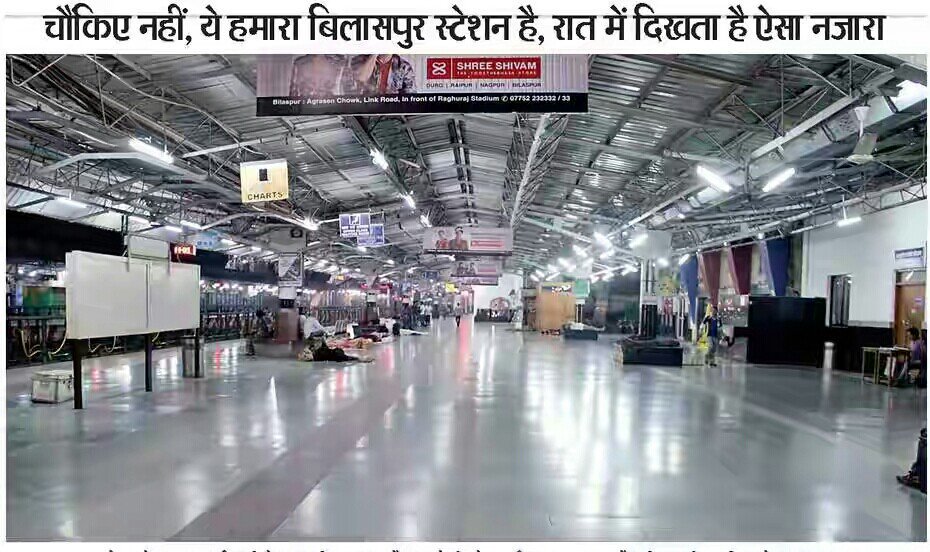

The quantitative framework for doubling farmers income has identified seven sources of growth. These are:

 MSME ministry is implementing various schemes: MSME schemes
MSME ministry is implementing various schemes: MSME schemes
— Narendra Modi, UN General Assembly






 Modi made visits to numerous countries one after another. What you might not know is the fact that the number of visits by Modi was, in fact, similar in numbers to the number of visits made by former PM Manmohan Singh. Modi’s foreign trips bringing better dividends than Manmohan.
Modi made visits to numerous countries one after another. What you might not know is the fact that the number of visits by Modi was, in fact, similar in numbers to the number of visits made by former PM Manmohan Singh. Modi’s foreign trips bringing better dividends than Manmohan.


 OROP:
OROP:





 GST is the biggest reform in the Indian economy after 1991. Many saw GST as a disruptive measure for the Indian economy. However, the tax collections and compliance by the merchants have been promising. Also, many advanced economies such as New Zealand have suffered bigger shocks in the past due to GST implementation. Compared that to India and the Indian economy has been adopting decently to the GST era. Also, the GST council makes necessary changes from time to time depending upon the feedback and needs of the consumers and merchants.
GST is the biggest reform in the Indian economy after 1991. Many saw GST as a disruptive measure for the Indian economy. However, the tax collections and compliance by the merchants have been promising. Also, many advanced economies such as New Zealand have suffered bigger shocks in the past due to GST implementation. Compared that to India and the Indian economy has been adopting decently to the GST era. Also, the GST council makes necessary changes from time to time depending upon the feedback and needs of the consumers and merchants.


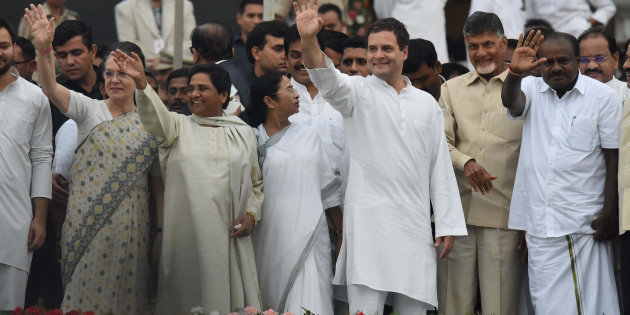

Conclusion: This is not a comprehensive analysis of the Modi government’s policies and achievements. I have missed out a lot of schemes. This, however, was an attempt to make you realize a pattern that I noticed while going through schemes and government policies. Firstly, government policies are suddenly working at a much faster speed. Be it infrastructural projects, social schemes or defence projects. Secondly, we have had a strong, decisive government who didn’t hesitate to take strong actions against terrorists and taking a stance against China. Thirdly, this government is maintaining fiscal discipline and also bringing out innovative reforms and solutions such as Digital India, Ayushman Bharat, Jan-Dhan, GST. The thing is, these schemes worked. Do I think this government was perfect? Of course not. The government made some bad decisions (such as reversing the Supreme Court’s order on SC/ST act). However, overall, I was more than satisfied with the government and its performances given the challenges we faced as a country in forms of bad loans, slowing world economy, terrorists, China, Pakistan, etc.
This well oiled, well-functioning government with its new way of functioning is a breath of fresh air which not only instils a sense of confidence in India’s future but also a sense of pride and belief that we can achieve impossible targets if we continue working hard in the right directions.
This list originally published in personal website on March 15, 2019.
DISCLAIMER: The author is solely responsible for the views expressed in this article. The author carries the responsibility for citing and/or licensing of images utilized within the text.
